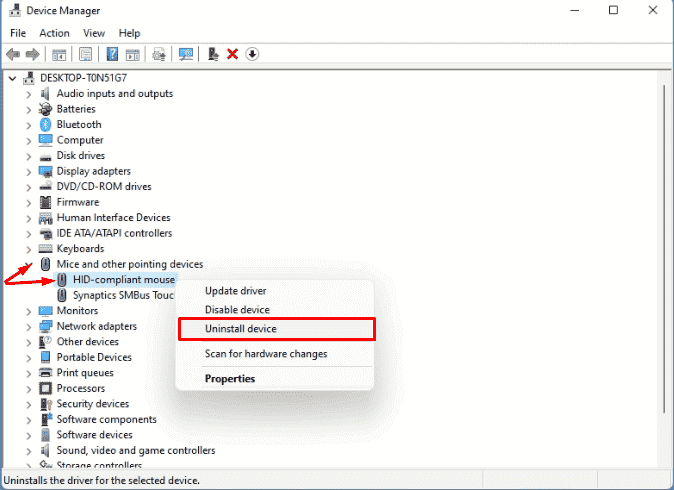

- #WHY DID STM32 DRIVER STOP WORKING AND MOUSE STOP HOW TO#
- #WHY DID STM32 DRIVER STOP WORKING AND MOUSE STOP MANUAL#
- #WHY DID STM32 DRIVER STOP WORKING AND MOUSE STOP CODE#
- #WHY DID STM32 DRIVER STOP WORKING AND MOUSE STOP FREE#
#define PMA_ADDR_FROM_USB_LOCAL(LOCALPTR) (PMAWord *)((LOCALPTR) + USB_PMAADDR) * Translates a USB local address into a PMA pointer #define USB_LOCAL_ADDR(PMAPTR) (uint32_t)((uint32_t)(PMAPTR) - USB_PMAADDR) * Translates a PMA pointer into a local address for the USB peripheral * Minimally sized data type for things in the PMA I think this is most easily understood with the following diagram: The PMA is arranged as 256 16-bit words (512 bytes of PMA SRAM), but from the processor bus it must be accessed in a 32-bit aligned fashion. There are some differences in how this is implemented between the STM32F1 and the STM32L0: For the STM32F103: As I mentioned earlier, it can be accessed concurrently by the main memory bus and the USB Peripheral by way of an Arbiter which moderates between the two without needing the program to intervene or be aware of the USB Peripheral accessing the PMA. The packet memory area is completely separate from the general SRAM and instead contains 16-bit words. This is arranged in 32-bit words accessible by word, halfword and byte, with some restrictions, through the main memory bus. The STM32 provides some amount of general SRAM that is used by the application program.
#WHY DID STM32 DRIVER STOP WORKING AND MOUSE STOP MANUAL#
Sadly, the documentation is quite sparse on this point and isn’t always in the most straightforward locations inside the reference manual and datasheet. In my opinion, this is the most complex part of the peripheral and something that I spent many hours reading about. Basically, you can point the peripheral toward an area in the packet memory, set the endpoint status to be ready (Valid) and away you go. The peripheral handles all the host-side handshaking, along with the Data0 and Data1 toggling when sending data. An endpoint may be disabled, stalled, NAK’ing, or ready. The USB peripheral keeps track of the endpoint status.There is a single interrupt for handling all events associated with the USB peripheral.This is called the “ Buffer Descriptor Table” ( BDT) and functions in a very similar way to the BDT on the K20. A table located in the PMA (location in the PMA is at the user’s discretion) points to all the other buffers in the PMA which are actually used for transferring data.I’m going to talk about this at length later, since it has some special considerations.

This memory is used to copy packets to and from the host.

This area of memory in the STM32 is called the Packet Memory Area or PMA. I’m not sure which way I like better, as they have their pros and cons. This contrasts with the K20 peripheral which required that a portion of the microcontroller’s general SRAM be allocated by the program for the peripheral to use and flag bits be used to inform the peripheral of who “owns” some portion of the memory.
#WHY DID STM32 DRIVER STOP WORKING AND MOUSE STOP FREE#
Feel free to leave a comment with your thoughts.
#WHY DID STM32 DRIVER STOP WORKING AND MOUSE STOP HOW TO#
My intent here is to show how to interact with the STM32 USB peripheral and one way to get started writing your own HAL around it, rather than relying on others’ software. In fact, I believe some of it might be wrong (specifically my treatment of the PMA on the STM32L052).
#WHY DID STM32 DRIVER STOP WORKING AND MOUSE STOP CODE#
My objective here is to walk quickly through the operation of the USB Peripheral, specifically the Packet Memory Area, then talk a bit about how the USB Peripheral does transfers, and move on to how I structured my code to abstract the USB packetizing logic away from the application. (mainly in common/src/usb.c and common/include/usb.h) Example code for this post can be found here:


 0 kommentar(er)
0 kommentar(er)
